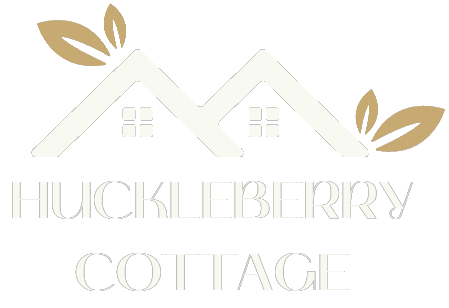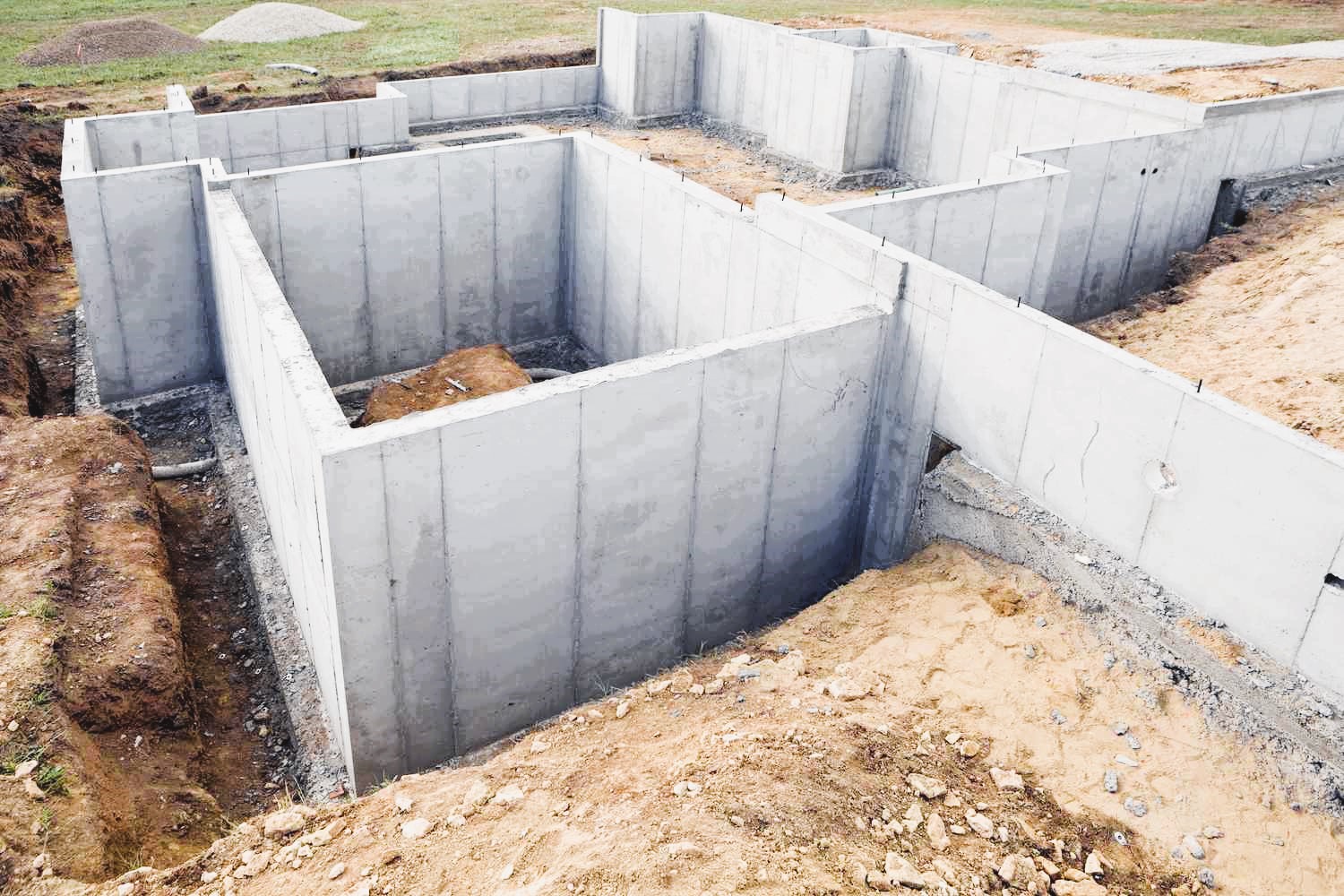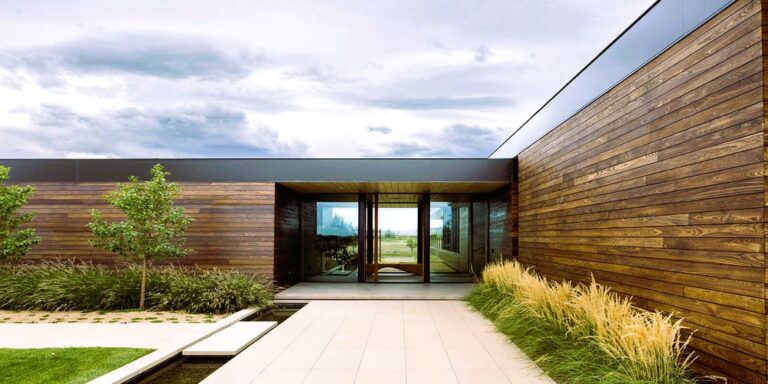The foundation of a cottage is a critical component that provides structural support and stability to the entire building. Selecting the right type of foundation for your cottage is crucial to ensure its long-term durability and performance. Different foundation types offer varying advantages and disadvantages, depending on factors such as soil conditions, budget, and local building codes. In this article, we will explore the advantages and disadvantages of various types of foundations commonly used for cottages, helping you make an informed decision for your specific needs.
Concrete Slab:
A concrete slab foundation is a popular choice for cottages due to its simplicity and cost-effectiveness. It involves pouring a thick, reinforced concrete slab directly on the ground, which serves as the base for the cottage. Advantages of a concrete slab foundation include:
Advantages:
- Cost-effective compared to other foundation types.
- Quick and easy installation, requiring less labor and materials.
- Provides a level and stable surface for the cottage.
- Suitable for areas with stable soil conditions and minimal frost depth.
- Eliminates the need for crawl spaces or basements, maximizing usable interior space.
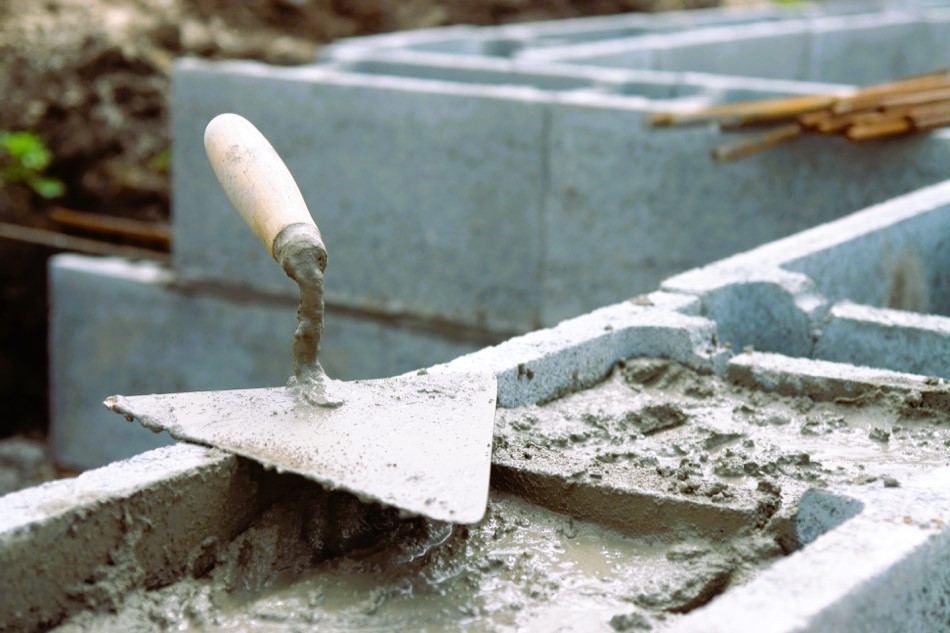
Disadvantages:
- Limited insulation properties, as the slab is in direct contact with the ground.
- Vulnerable to cracking and damage from ground movement or settlement.
- Difficult to access and repair plumbing or electrical systems beneath the slab.
- Not suitable for areas with expansive or poorly draining soils.
- May not meet local building code requirements in certain regions.
Crawl Space:
A crawl space foundation involves building a raised platform or floor system above the ground, creating an accessible space beneath the cottage. The role of windows in connecting indoor and outdoor spaces, creating smooth transitions in your cottage. This foundation type offers advantages and disadvantages as follows:
Advantages:
- Provides easy access to plumbing, electrical, and HVAC systems for maintenance and repairs.
- Offers some insulation benefits by elevating the cottage off the ground.
- Allows for better ventilation, reducing the risk of moisture-related issues.
- Suitable for areas with moderate to high water tables or poor soil conditions.
- Can accommodate sloping or uneven terrain more easily.
Disadvantages:
- Requires proper ventilation and moisture control to prevent mold or mildew growth.
- Requires additional construction time and materials compared to a concrete slab.
- Potential for pests or rodents to access the crawl space if not adequately sealed.
- Insulating the crawl space can add to construction costs.
- May be prone to heat loss if not properly insulated and sealed.
Basement:
A basement foundation involves excavating a portion of the ground beneath the cottage to create a livable space below the main level. Basements offer several advantages and disadvantages:
Advantages:
- Provides additional living space or storage options.
- Offers insulation benefits by being partially surrounded by the earth.
- Allows for easier installation of utilities, such as plumbing and HVAC systems.
- Provides protection from severe weather events, such as tornadoes or hurricanes.
- Adds potential resale value to the cottage.
Disadvantages:
- More complex and expensive to construct compared to other foundation types.
- Requires proper waterproofing to prevent moisture issues.
- Potential for water infiltration if not properly sealed or drained.
- May not be suitable for areas with high water tables or unstable soils.
- Requires compliance with local building codes and regulations for safety.
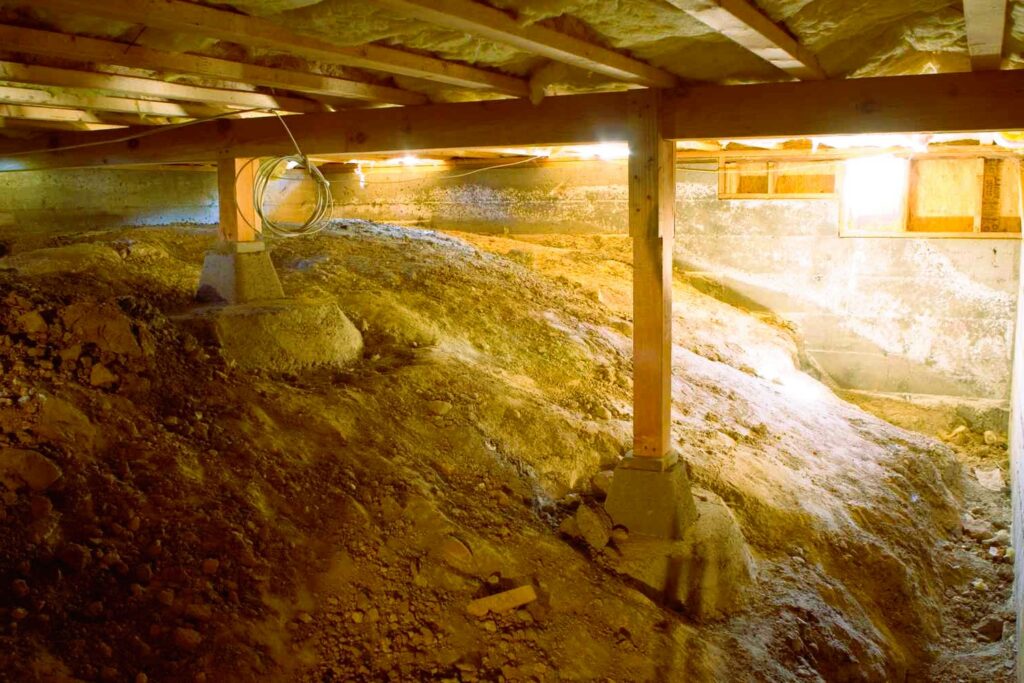
Piers or Posts:
Pier or post foundations involve using individual concrete or steel supports to elevate the cottage off the ground. This foundation type offers specific advantages and disadvantages:
Advantages:
- Suitable for sloping or uneven terrain where excavation is challenging.
- Allows for adequate airflow and ventilation under the cottage.
- Can be cost-effective, especially for smaller cottages or structures.
- Requires less ground disturbance during construction.
- Can be adjustable or easily modified if needed.
Disadvantages:
- Less common and may require specialized expertise during construction.
- Limited insulation properties, as the cottage is elevated off the ground.
- Requires proper bracing and reinforcement to withstand lateral forces.
- Potential for instability or movement if not properly designed or maintained.
- May not be suitable for areas prone to high winds or seismic activity.
For further information on cottage foundation standards and regulations, you can visit the official website of the Canadian Standards Association (CSA) at canada.ca.
In conclusion, choosing the right type of foundation for your cottage involves considering factors such as soil conditions, budget, and local building codes. Concrete slabs, crawl spaces, basements, and piers each offer distinct advantages and disadvantages. By understanding these factors, you can make an informed decision that ensures the long-term durability and stability of your cottage.
